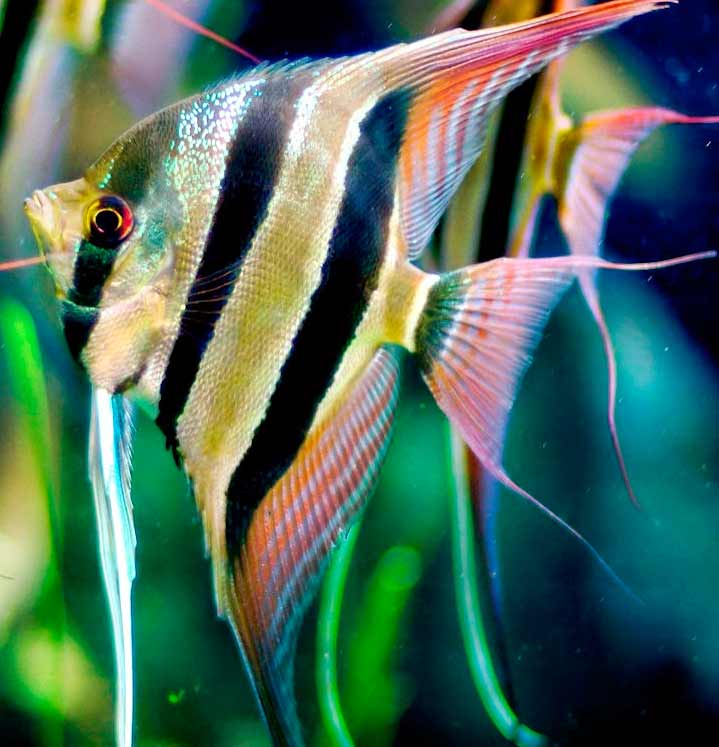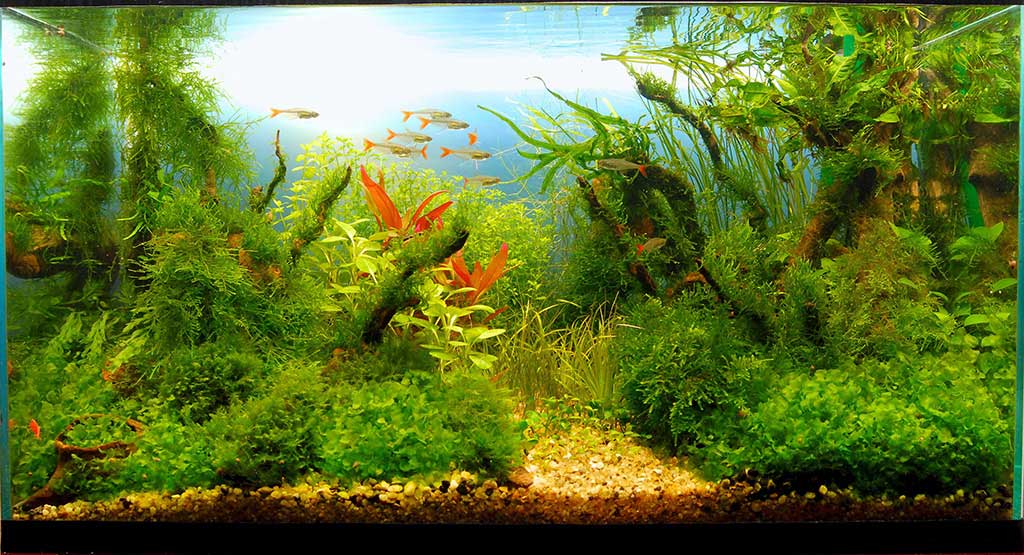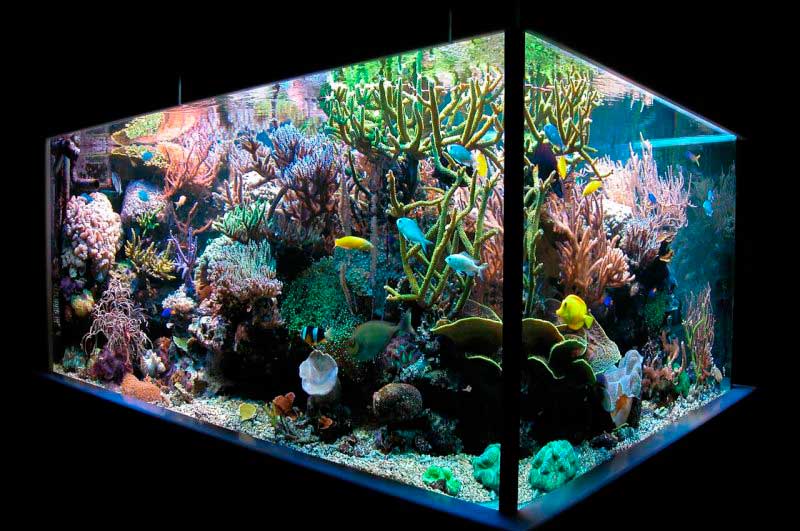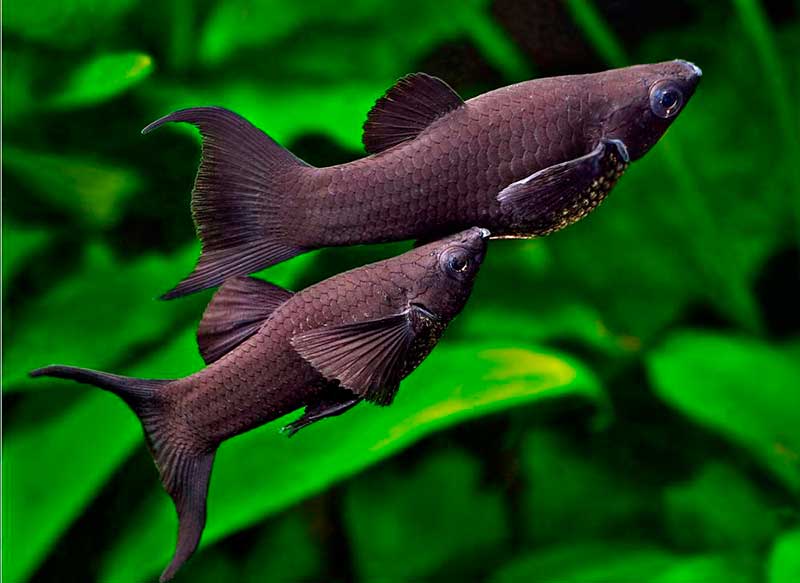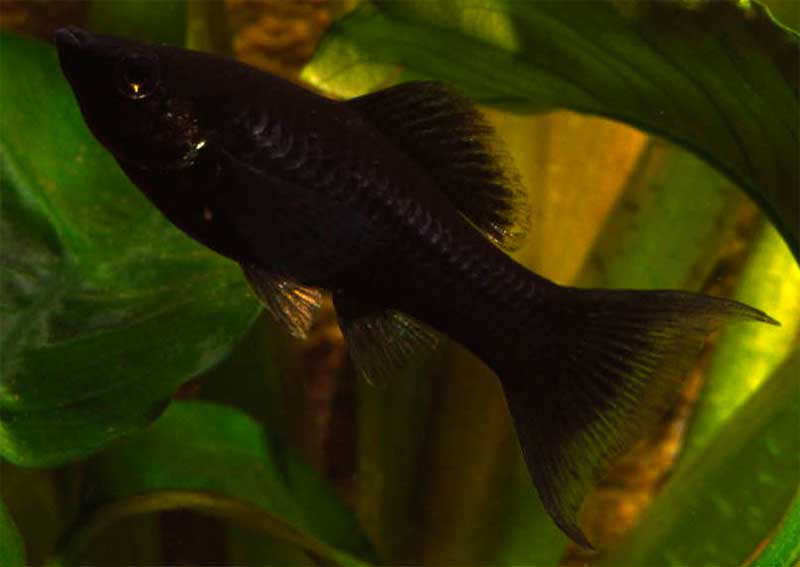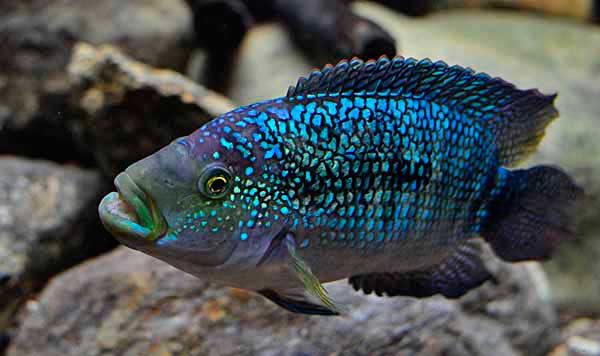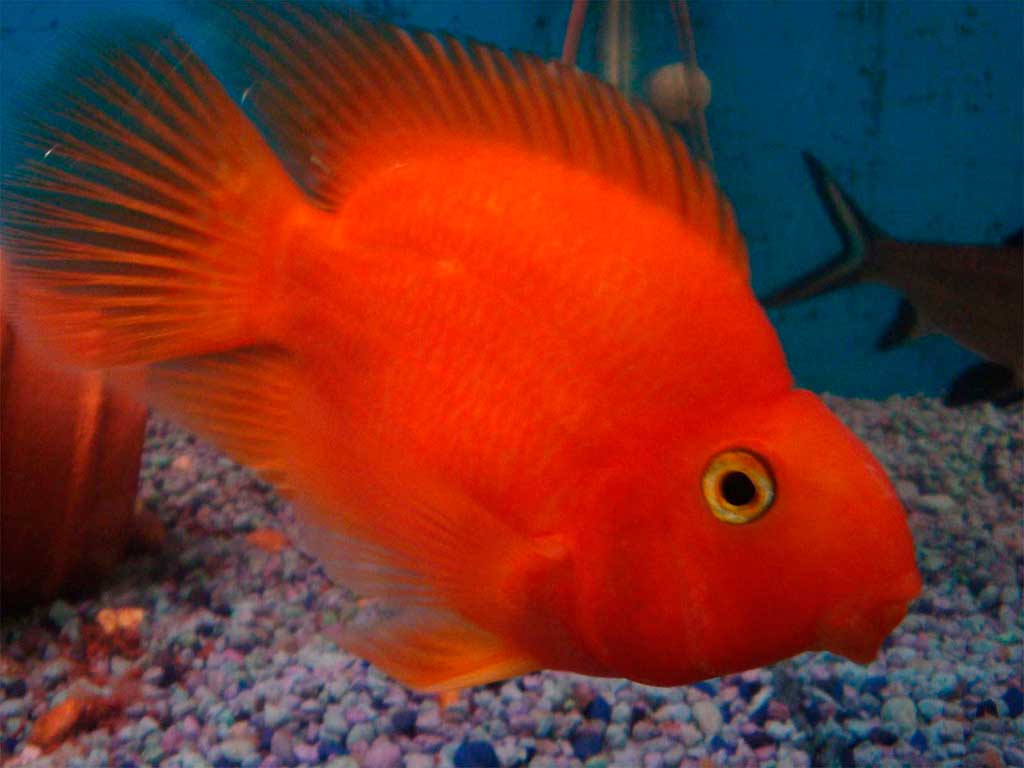Many people who have chosen the hobby of breeding fish, do not even think about what region of the globe inhabits a particular species, and how to create conditions similar to natural conditions. One of the most popular fish is scalaria (from the Latin “Pterophyllum”). They are loved for their spectacular appearance, comparative simplicity of keeping and interesting behavior.
In Russia, these fish are known from the beginning of the XX century, however, on amateur aquariums they have been spread since the fifties.
Scalaria are native to the rivers of South America. The climate of those places contributed to the growth of aquatic flora, in which these leaf-like fish appeared. One of the names so and sounds – “winged leaf”. More romantic European aquarists began to call them “angel fish”. Flattened from the sides and vertically elongated body created by nature for easy movement in dense aquatic vegetation. Despite the name, these fish are predators, and hiding in the thickets, they hunt for invertebrate larvae, shrimp and small fish.
Scalaria come in several breeds, varying greatly in coloration, fin and body shape. Their appearance allows them to camouflage themselves, blending in with the surroundings of their habitat. Both in nature and in the home aquarium, these fish can live for more than 10 years. Grow at home up to 20 centimeters, but if the aquarium has a capacity of more than 200 liters, it is inhabited by one pair of fish, and the height of the water column is more than half a meter, you can get and larger individuals.
The body of scalaria is flat, vertically elongated, disc-shaped. Color can be black, white, silver, gold, striped mottled or monochrome. Currently, in the sale and breeders can be found only artificially bred breeds of scalaria. They are invented beautiful names, to a greater or lesser extent, reflecting the external parameters. Common features are still there: the scales are small, the character of a bully, males are slightly larger than females, although up to 10-12 months the difference in sexes is almost impossible to see.
Scalaria maintenance
Since scalaria live in the coastal zone of South American river basins, they need an aquarium with filtered water, in which it is important to monitor the filter’s inlet geyser, so that it does not create a strong current – this factor causes stress in scalaria, and leads to slow growth and shortened life expectancy. Fish develop better, dwelling in small flocks. For one pair of fish is desirable aquarium of 100 liters. Need the presence of dense-leaved aquatic plants, which should be planted only along the back wall, so that the fish had space for free swimming.
Water temperature is acceptable within a fairly wide range, but optimally 22-28 degrees Celsius. It is not recommended to contain scalaria in the same aquarium with goldfish, as these species of fish are recommended different water temperatures: goldfish prefer colder bodies of water. In any case, mandatory water changes, for example, once a week – 20% of the filled volume.
Scalaria feeding
How long and happy your scalaria will live depends on proper feeding. As with all fish, they have no sense of satiety, so the control of the amount of food is entirely up to you! The younger the fish, the more often they can be fed (for good growth of fry is desirable in general 3-4 times a day), adult fish is recommended to feed less often, but at the same time, for example, in the morning and evening. Scalaria suitable natural food – moths. However, in fresh form, it may contain infections and parasites, so it should be washed, and stored in the freezer. Boiled and chopped shrimp with a knife will also be useful.
Scalaria breeding
To obtain a young scalaria requires several important factors, First, it is necessary to maintain in the aquarium elevated temperature (over 28 degrees Celsius), secondly, it is important to ensure the presence of broad-leaved plants, such as echinodorus, on which the fish will attach the eggs. Sexually mature pair can leave offspring every one and a half to two weeks. The female ejects more than 500 eggs at a time, of which about 60% survive, and the rest are eaten by the parents. Then scalaria take care of their offspring: run the fry in corners or holes in the ground and guardianship, not allowing to swim out of control. However, many advise to swim out fertilized eggs quickly transferred to a special settling tank with very clean water to minimize the risk of death of fry due to toxins in the water or eaten by other fish.
It should be remembered that scalaria are monogamous, like swans. Swimming in a young flock, fish form pairs with which they never part. If something happens to the partner, the remaining fish will never form a pair again and remains without offspring. The best way to get a couple for breeding is to buy at least six scalaria of the same breed, and grow them together until they are not divided into pairs. Well, and then you need to look very carefully, it happens that the beginning of spawning scalaria owner of fish learns only when the “young parents” actively drive away all neighbors in the aquarium from the corner with laid eggs.
There are some signs that allow you to know in advance about the upcoming spawning: a couple more stick together and chase other fish, the male cleans from the growths of the place on the leaf of the plant or aquarium equipment. This may indicate that soon there will be attached eggs.
Scalaria maintenance with other fish
Scalaria in nature live in flocks, and rarely bully other fish without cause. They coexist well with most peaceful species, but it happens that they chase smaller breed brethren. For the same reason they should not be planted small things like neon, danio and guppies. Remarkable is the behavior of scalaria in relationships with each other. It is worth it to you to get some significant number (more than ten), first, gradually, they will break into pairs (sometimes from two females, if there are not enough males), and then pairs will start to measure the force, and chase competitors, trying to appropriate as much space as possible at the feeder.
As a result, it often happens that the strongest and fiercest pairs receive the least food, because while they are fighting with someone, their more peaceful brethren have time to eat all the food. However, with larger fish of other breeds of scalaria do not come into conflict. The best angel fish are compatible with various catfish. They have different interests: catfish occupy the benthic part of the aquarium, and scalaria, due to the shape of their fins – the upper or middle. Also according to compatibility, advised to plant to scalaria pecilia, as well as labeo and tetras.
